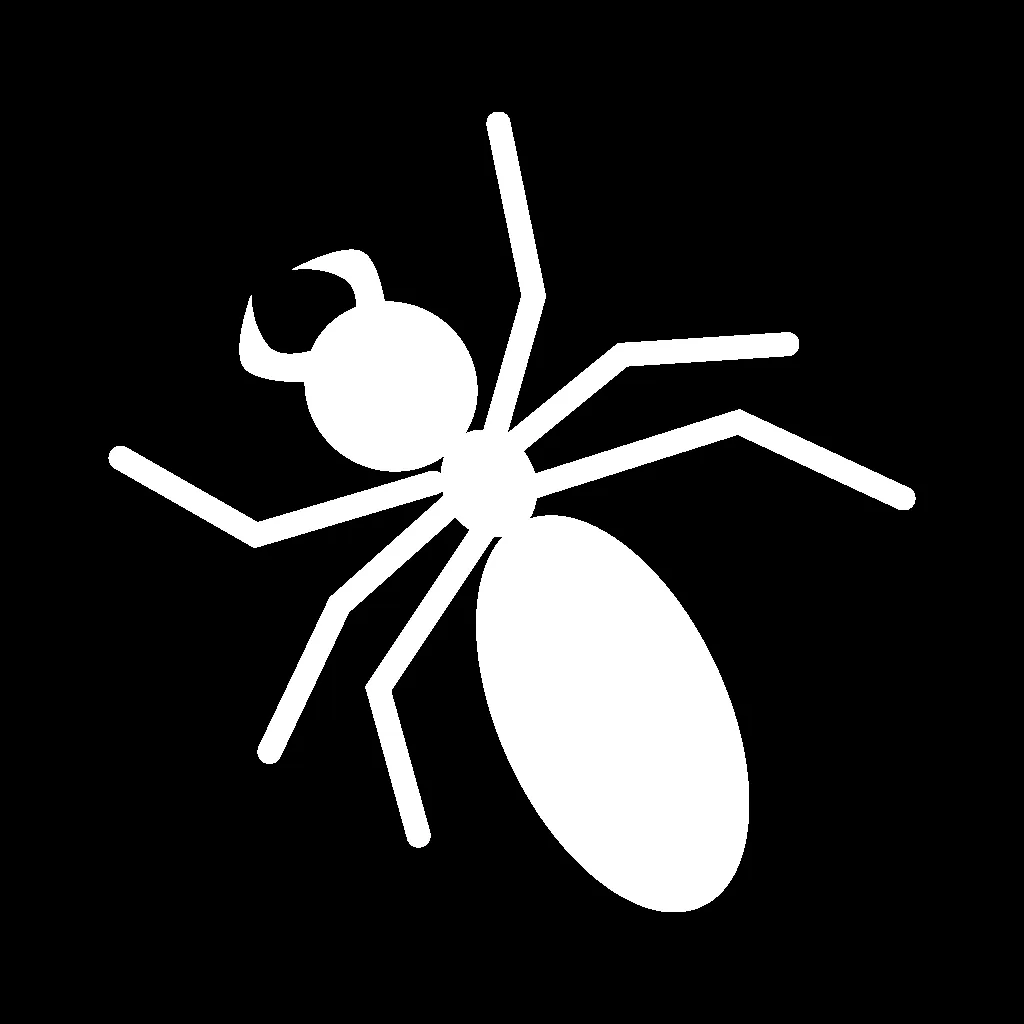Eastern Bluebirds (Sialia sialis) are vibrant, small thrushes renowned for their striking blue plumage and melodic songs. These beloved birds thrive in open landscapes across North America, captivating birdwatchers and backyard enthusiasts alike. Whether you’re setting up nest boxes or simply observing their behaviors, understanding the Eastern Bluebird’s habitat, food sources, nesting preferences, and daily routines is essential for appreciating and supporting their populations.
In recent years, conservation efforts have helped these birds rebound, making them a success story in avian ecology. For those interested in similar cavity-nesting species, explore tree swallow nesting behavior to see competitive dynamics in shared habitats.
Habitat
 Grasslands
Grasslands
Eastern Bluebirds favor open woodlands and grasslands with scattered trees, where the understory is minimal and ground cover is sparse. Historically, they inhabited pine savannas maintained by frequent fires, beaver ponds, and forest clearings. Today, you’ll find them in pastures, farmlands, suburban lawns, parks, and even golf courses, adapting well to human-modified landscapes.
These habitats provide ideal perching spots like fences and wires, from which bluebirds scan for food. Their preference for open areas minimizes predation risks while ensuring plentiful insect prey. As development expands, maintaining these grassy expanses with mature trees is crucial for their continued success. Populations have stabilized thanks to such efforts, contrasting with declines in more forested species.
Food and Foraging
 Insects
Insects
Insects form the cornerstone of the Eastern Bluebird’s diet throughout much of the year, with ground-dwelling prey like caterpillars, beetles, crickets, grasshoppers, and spiders being staples. Bluebirds expertly spot these from perches up to 60 feet away, then flutter down to capture them or snatch them mid-air.
During fall and winter, they shift to fruits such as mistletoe, sumac, blueberries, black cherries, tupelo, currants, holly, dogwood berries, hackberries, honeysuckle, bay, pokeweed, and juniper. Occasionally, they’ve been observed eating small vertebrates like salamanders, shrews, snakes, lizards, and tree frogs, showcasing their opportunistic nature. This varied diet supports their energy needs across seasons, highlighting the importance of diverse habitats for bluebird health.
For insights into ground-foraging techniques in related birds, check out Canadian geese behavior.
Nesting
Nest Placement
 Cavity
Cavity
Eastern Bluebirds select natural tree cavities, often old woodpecker holes in dead pines or oaks up to 50 feet high, or artificial nest boxes. Older birds tend to prefer boxes, though preferences can vary between broods. Studies show they favor compact boxes (4×4 inches at the base) with 1.75-inch entrance holes over larger ones, optimizing defense against intruders.
Males scout sites and attract females through displays, but females choose the final spot. In areas with abundant boxes, they may prepare multiple nests but use only one per brood.
Nest Description and Facts
The female constructs the nest solo, weaving grasses and pine needles into a loose cup, then lining it with finer grasses, horsehair, or feathers. Pairs often reuse nests for subsequent broods.
Key nesting facts include:
| Clutch Size: | 2-7 eggs |
|---|---|
| Number of Broods: | 1-3 broods |
| Egg Length: | 0.7-0.9 in (1.8-2.4 cm) |
| Egg Width: | 0.6-0.8 in (1.5-1.9 cm) |
| Incubation Period: | 11-19 days |
| Nestling Period: | 17-21 days |
| Egg Description: | Pale blue or, rarely, white. |
| Condition at Hatching: | Naked except for sparse tufts of dingy gray down, eyes closed, clumsy. |
Nesting success relies on predator-proof boxes, similar to strategies for other cavity nesters like those in geese nesting behavior.
Behavior
 Ground Forager
Ground Forager
Eastern Bluebirds are ground foragers, perching on low wires or posts before dropping to catch insects with precise flights. Their wingbeats are rapid and irregular, keeping them close to the ground. Males defend territories aggressively, chasing rivals and even clashing physically with beaks, feet, and wings.
Nest sites spark fierce competition; males attack intruders like House Sparrows, European Starlings, Tree Swallows, Great Crested Flycatchers, Chickadees, Nuthatches, robins, Blue Jays, mockingbirds, and cowbirds. Courtship involves males flaunting nesting material, leading to pair bonds that can last seasons—though extra-pair mating occurs in about 20-25% of eggs. Learn more about territorial disputes in parrot aggression.
These social dynamics underscore their adaptability and resilience.
Conservation Status
 Low Concern
Low Concern
Once declining due to invasive species like Starlings and Sparrows usurping nest sites, Eastern Bluebird numbers plummeted in the early 20th century. North American Breeding Bird Survey data shows a rebound from 1966-2019, with Partners in Flight estimating 23 million breeding adults. They score low (7/20) on the Continental Concern Score.
Nest box trails since the 1970s, designed to exclude larger competitors, have been pivotal. Continued habitat preservation ensures their future. For competitive nesting insights, see black crowned night heron behavior.
In summary, Eastern Bluebirds exemplify successful conservation through habitat management and community involvement. By installing nest boxes and protecting open grasslands, you can help sustain these beautiful birds. Consult resources from the Cornell Lab of Ornithology or local bird groups for hands-on tips, and explore more avian guides on our site.
References
- Dunne, P. (2006). Pete Dunne’s essential field guide companion. Houghton Mifflin Harcourt.
- Ehrlich, P. R., et al. (1988). The Birder’s Handbook. Simon and Schuster.
- Gowaty, P. A., and J. H. Plissner. (2015). Eastern Bluebird (Sialia sialis), version 2.0. In The Birds of North America (P. G. Rodewald, ed.). Cornell Lab of Ornithology.
- Lutmerding, J. A., and A. S. Love. (2020). Longevity records of North American birds. Patuxent Wildlife Research Center.
- Partners in Flight. (2020). Avian Conservation Assessment Database.
- Sauer, J. R., et al. (2019). North American Breeding Bird Survey, 1966–2019. USGS Patuxent Wildlife Research Center.
- Sibley, D. A. (2014). The Sibley Guide to Birds, second edition. Alfred A. Knopf.
